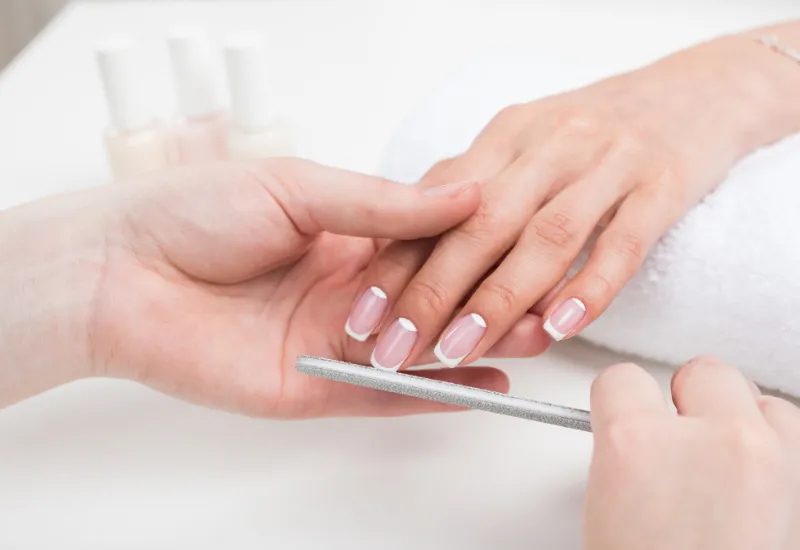Quick Links
For Patients
For Physicians
- Refer a patient to a specialist
- Order labs for patients
- Order radiology for patients
- Order At-Home Services
- Get your practice listed
For Companies

© Copyright 2024 American TelePhysicians. All rights reserved.




Your nails can be affected by trauma, irritation, or certain infections. These conditions can involve your fingernails as well your toenails. Nail infections can be caused either by bacteria or a fungus. Paronychia is a condition of the nails which develops when bacteria enter damaged skin near the cuticle and nail fold, causing an infection. It is usually treated with antibiotics to kill the infection, but sometimes drainage of pus is required if any collection occurs. When the nails are infected with fungus, it is called onychomycosis. It can make your nails look yellow, hard, and crumble. It can be mild, non-bothering, and may not need medicine. Some may need to be treated, but it can return.